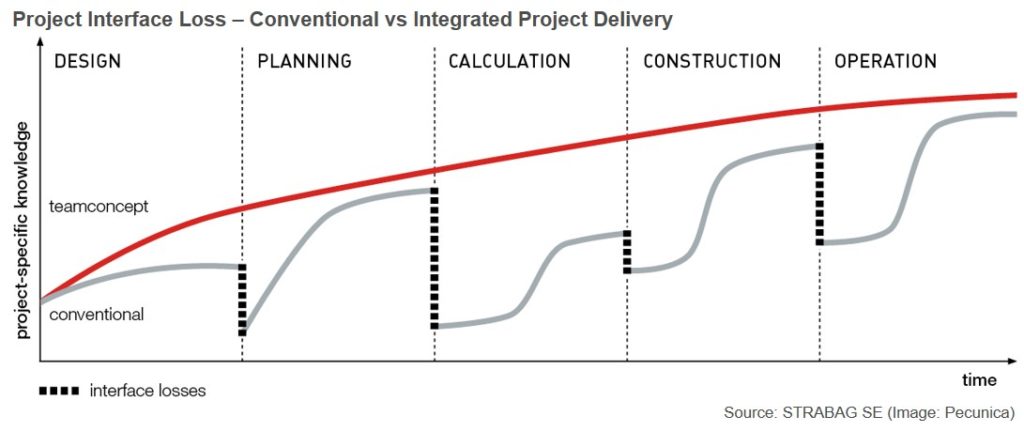What Is Project Risk Management?
Risk Management in Development Projects
The development manager has overall responsibility for the control of project risks and any actions associated with them throughout the project life cycle. The development management agreement (DMA) governs the relationship between the contract parties, minimizes the project risks, and increases the efficiency and quality of the resulting development.
Risk management is the management of the risks a person is exposed to protect and minimize risks to property, services and individuals. The development manager is responsible for the risk management program (RMP) according to the risk appetite, policies and objectives of the developer.
The RMP must be developed for the feasibility studies. To achieve effective and efficient risk management, development of the RMP must begin in the preliminary planning phase of the project, before formal project approval is sought.
Project risk is any event that has the potential to cause a project to fail to meet one or more of its objectives. The different risks and actions are owned by different stakeholders, each having a distinct vested interest in a project and perception of its risks.
The accumulation of all the interrelated and interdependent risks associated with construction projects are construction project risks. Construction project risks vary and are classified according to their nature as physical, design, logistics, financial, legal, political, construction, and operational.

Risks are allocated to the respective risk owner for their management, including the developer, architect, designer, contractors, consultants, user/operator, and community representatives. Risk management calls for mitigation and control measures to be repeated and re-assessed throughout the life of the developed property by the respective risk owner.
The project development risks must be identified, effectively monitored and managed through agreed action taken or provisions made for mitigating, eliminating or preventing them from occurring. Risk management must include the sustainability risks incurred through adverse consequences of the facility's operation and eventual property demolition and disposal.
Vertically Integrated Development
The vertical integration of property developers allows for effective construction risk management. As a business model, it enables risk management across all phases of the development process and the value chain.
Large construction groups are commonly vertically integrated. A development project is vertically integrated when it is controlled by the same owner and its affiliated group companies are engaged in different capacities throughout the project life cycle. They own the land and control the construction, financing, leasing, and management
For vertical development, an affiliated company commonly acts as the development manager, project manager and general contractor, allowing the group to more effectively manage and leverage its productive resources. Group involvement in the project may continue post-construction as facility manager and asset management.

Integrated project delivery leads to single-source contracting and single-point accountability, where the firm is responsible for all aspects of design and construction of a development project, while fostering inherent collaboration between participants throughout project delivery. Where separate firms are responsible for the design and construction (multipoint accountability), fragmentation occurs and risks increase.
The commonly cited benefits of vertical integration are:
- Cash flow internalization - Earnings from developing properties are retained within the group;
- Combined professional capabilities - The group utilizes the depth and breadth of combined professional capabilities;
- Better information - Information is integrated and transferred between the units within the company group;
- Increased flexibility in project delivery - Work carried out in-house allows for timely project adjustment to changing circumstances;
- Increased bargaining power - The well-informed professionals increase flexibility and improve the developer's negotiating position towards third-party service providers and suppliers; and
- Improved project pipeline flow - A steady flow of projects to ensure future business for the developer.
Having full control of the sustainability of the development projects, integrated developers determine the application of the sustainable development principles over the entire project value chain. This makes the group as a whole responsible for the ESG and SDG sustainability of the development projects.
Risks in Sustainable Development
Sustainable building development is the practice of creating and using more environmentally and socio-economically responsible and resource-efficient models of construction, operation, maintenance, renovation, and demolition of buildings. For sustainable building development, green building practices are applied throughout a project's extended life cycle.
Sustainable building certification systems independently assess, verify and certify the sustainability of buildings against quantifiable criteria. There are numerous internationally and locally recognized sustainable building certification systems, each assessing a different set of sustainability criteria against which buildings and products.

They evaluate a single aspect or cover a range of sustainable characteristics of a product or assess the building and/or project as a whole against various sustainability criteria:
- Single-attribute product certification - Assesses and verifies the sustainability of a single aspect of a product, such as energy efficiency or water usage;
- Multiple-attribute product certification - Covers a range of a product's sustainable characteristics; and
- Multiple-attribute building certification - Assess and verifies the sustainability of a building and/or project as a whole against a range of sustainability criteria.
The commissioning of buildings is a prerequisite for receiving green building certification. Failure to achieve certification may result in fines, increased costs, and harm to reputation.
Various factors are driving efforts worldwide to improve development. For this purpose, many jurisdictions are requiring the application of green standards and certification for property development projects.
In EU member states, national civil liability regimes cover damage to persons and property, but only rarely for damage to the environment. The Environmental Liability Directive implements the polluter pays principle (PPP), which holds developers and operators financially liable for remedying the environmental damage they cause.
Projects that are denied certification can sue the architect and contractors for damages and additional costs to achieve compliance. Directors who fail to properly manage sustainability risks in their business could be held liable for breaching their duty of care and diligence.
Copyright © 2020 Pecunica LLC. All rights reserved.